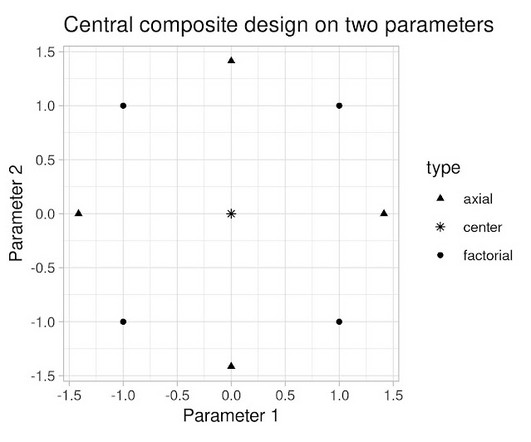The New Normal for FP&A: Scenario Planning
Jedox
OCTOBER 8, 2020
We are currently operating in an environment with a very high (if not the highest ever) level of VUCA, (Volatility, Uncertainty, Complexity, Ambiguity). The way you mitigate uncertainty is with planning, planning, and more planning. The oil collapse of 2014 is another example of the importance of scenario planning.













Let's personalize your content